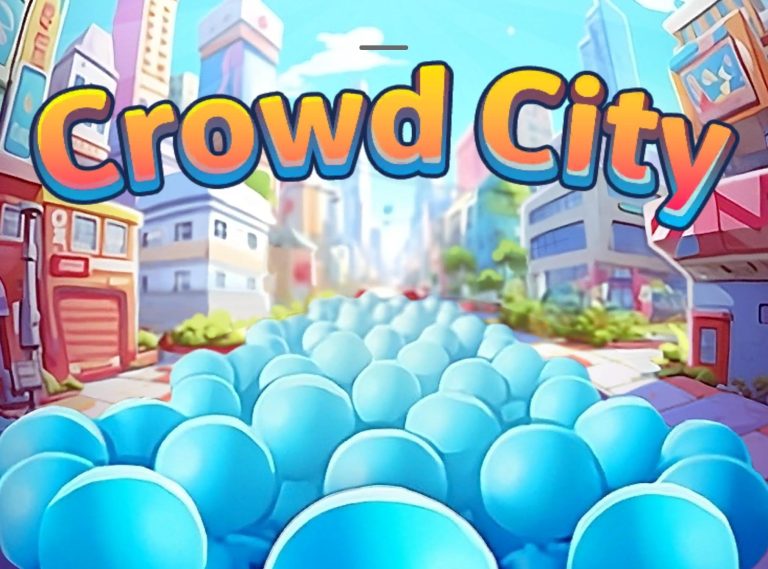This is a guest post by Melanie Tercha.
A recent Google-published study puts compelling data behind a trend that media consumers may have already begun noticing: the TV set is still on, but with a growing number of gadgets in arm’s reach of the couch, our focus is divided. We may turn to iMDb to identify an actor who looks familiar, or check in with Facebook during a commercial. Second screens – the smartphones, tablets, and computers used while watching TV – have been stealing more of our attention each year.
Instead of lamenting the risk to their viewership, industries from entertainment to pro sports to advertising are taking full advantage of the new TV norms. As Marc DeBevoise, senior vice president at CBS Interactive, told LA Times “We’re not going to say, ‘Don’t wander'” to distracted viewers. “We’re saying, ‘Hey, wander back.'” Given recent poll results, there’s good reason to accept second screens as TV’s next big thing. A Q4 2011 Nielsen survey found that 88% of tablet owners and 86% of smartphone owners used their devices while watching TV at least once during a 30-day period. A full 45% of U.S. tablet owners do so daily.
Full Nielsen summary here.
Second Screen Apps: Finding their Places
The dominance of the second screen is evident, but opportunities for monetizing and enhancing its use are still up for grabs. In the Google study, participants reported these as the five most common activities done on their second screens:
- Emailing
- Internet browsing
- Social networking
- Playing a game
- Searching
Facing a long and varied list of user wants, app developers must try to predict which capabilities are most important to users, and how to best provide them.
U.S. Launch of Zeebox
On Sept. 27, the “TV sidekick” Zeebox was launched in the U.S. Already a hit with 1.5 million users in the U.K., Zeebox offers additional content and second-by-second information about the show a viewer is watching. Not only can users get the scoop on a celebrity or participate in a poll, but Zeebox also tells them which Facebook and Twitter friends are watching the same show. TV has long been a social format, with friends gathering to watch and discuss it. Second screen apps bring that socialization up-to-date by providing opportunities to connect in real-time with online friends and other fans of a show. The TV audience becomes more engaged by interacting with Zeebox, and meanwhile, Zeebox is able to gather real-time data on TV viewing habits. In the U.S., NBC Universal, Comcast and HBO have already partnered with the app. Zeebox is only one contender in the field. A growing number of startups are pioneering their own TV enhancements and striking while the iron is hot.
Other Notable TV Apps
- Originally known for their iPhone song recognition app, Shazam now has a mobile app that recognizes any show on more than 160 U.S. TV channels. In April, American Idol began a partnership with Shazam that provides fans with information about songs they hear on the show. In the click of a link, viewers can go from enjoying the music they hear to owning it.
- TV shows from NCIS: Los Angeles to Breaking Bad have apps built specifically around their episode content. App-wielding NCIS fans, for example, can view evidence more closely, learn background info about suspects, or vote on who they think committed the crime.
- GetGlue, a “social network for entertainment,” functions like Foursquare for TV viewers. Their 2 million users check in while watching a show and, in the process, earn virtual rewards.
Second Screen Apps for Sports Fans
- We highlighted our work with TradeSports just after it was unveiled for the NFL kickoff in September. The sports-trading app supports NCAA football, Major League Baseball, NBA basketball and NCAA basketball games. While watching a televised game, sports fans can wager virtual currency on a team’s success, compete globally against other fans, and earn cred among other TradeSports users.
- Apps like ArmchairPRO and NHL PrePlay are built around a user’s ability to predict real time events in baseball and hockey games respectively. NHL PrePlay users wager on which player will score the next goal or on the outcome of a penalty shot. Both apps feature opportunities to interact with and compete against other users, whether Facebook friends or sports fans around the world.
- One decision that second screen developers must make is how broadly to focus. While some apps specialize in customized content for a particular market, SportStream has targeted sports fans more generally. The app compiles stats, scores, data and conversations for all in-progress games at any given time. Multiple games and even numerous leagues can be tracked at once with a color-coded ticker that directs attention to the most important game at any given moment.
Advertising Opportunities
Advertisers can now reach consumers on two screens instead of one, and moreover, the same enhancements that make TV more watchable can be leveraged to make ads more effective. Toyota, Pepsi and Best Buy are only a few of the advertisers who partnered with Shazam to create interactive 2012 Super Bowl ads. When the commercials aired, Shazam users were able to enter a contest, unlock a free video, or donate to a charity from their smartphone or tablet. SecondScreen Networks and Mobovivo have made similar strides in seizing new advertising opportunities. They aim to keep consumers on the couch during commercial breaks, while also collecting data based on how users interact with the ads on their devices.
Wrap-up
The second screen market is poised to soar as apps continue to offer better content, more opportunities for interaction, and a wider range of uses. Still, many of the most interesting questions remain. Which apps will rise to the top? How will second screens change the face of TV or advertising? Changes are ahead, but we’ll have to stay tuned to discover exactly what they’ll be.
Note: AC&A has worked on several second screen apps, including TradeSports. Why not drop us a line for more info.




